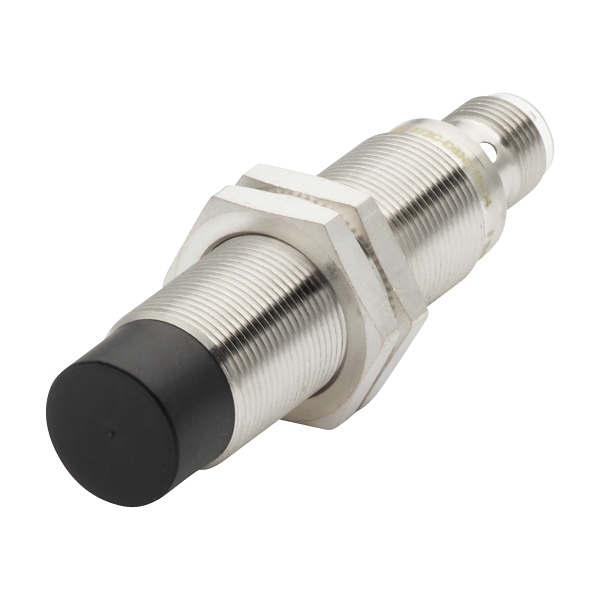Type 1 AC surge protective devices play a crucial role in safeguarding your home’s electrical system from the damaging effects of power surges, which can otherwise lead to costly repairs or complete failure of electronic equipment. These devices are specifically designed to handle high-energy surges that originate outside your home, often caused by lightning strikes, utility switching, or other external events that send sudden spikes of electricity through the power lines. Unlike lower-rated surge protectors, Type 1 devices are installed at the main electrical service entrance, providing the first line of defense by diverting dangerous voltage spikes away from your home’s wiring and sensitive electronics. This placement ensures that the entire home electrical system benefits from protection, rather than just individual appliances or outlets. The importance of a Type 1 surge protective device cannot be overstated, in regions prone to frequent thunderstorms or unstable power grids. When a power surge occurs, the device works by sensing the sudden increase in voltage and immediately redirecting the excess current to the ground line, thus preventing it from flowing into your home’s circuitry.

This rapid response protects vital home electronics such as computers, televisions, refrigerators, HVAC systems, and other appliances that are highly susceptible to electrical damage. Without such protection, these devices can suffer from shortened lifespans, malfunction, or permanent failure, leading to expensive replacement costs and potential inconvenience for homeowners. Additionally, Type 1 surge protective devices contribute significantly to home safety. Electrical surges can cause overheating and even start fires within home wiring if left unchecked. By mitigating these surges at the service entrance, the device reduces the risk of electrical fires, thereby protecting your property and the wellbeing of your family. Moreover, type 1 surge protector comes with built-in diagnostic indicators that alert homeowners or electricians if the device has degraded or reached the end of its service life, ensuring continuous protection and timely maintenance. From an investment standpoint, installing a Type 1 surge protective device is a cost-effective measure. While the initial installation might involve a professional electrician and some upfront expense, the long-term savings in avoided repair costs and replacement of damaged electronics justify the investment.
Furthermore, many insurance companies recognize the added layer of protection these devices provide, potentially lowering homeowner insurance premiums. This not only makes your home safer but can also reduce overall costs associated with homeownership. In an increasingly digital and connected world, where homes are equipped with smart devices and technology-dependent systems, the protection of these components is more critical than ever. The surge protection provided by Type 1 devices ensures that your smart home ecosystem remains functional and reliable, maintaining uninterrupted service for everything from security cameras to smart thermostats. This reliability enhances the convenience and comfort of modern living, minimizing downtime caused by electrical disturbances. Overall, lsp is a vital component in any comprehensive home electrical safety strategy. It acts as a shield against the unpredictable nature of external electrical surges, preserving your home’s electrical integrity and protecting valuable electronics from sudden damage. Investing in this protective technology not only safeguards your possessions but also provides peace of mind, knowing your home is prepared to handle the challenges of power surges effectively.




 Balos Lagoon, another stunning spot, offers a postcard-perfect view with its turquoise waters and scenic backdrop. If you are seeking an off-the-beaten-path experience, the lesser-known beaches such as Falassarna or Kedrodasos promise serenity away from the crowds.
Balos Lagoon, another stunning spot, offers a postcard-perfect view with its turquoise waters and scenic backdrop. If you are seeking an off-the-beaten-path experience, the lesser-known beaches such as Falassarna or Kedrodasos promise serenity away from the crowds. 
